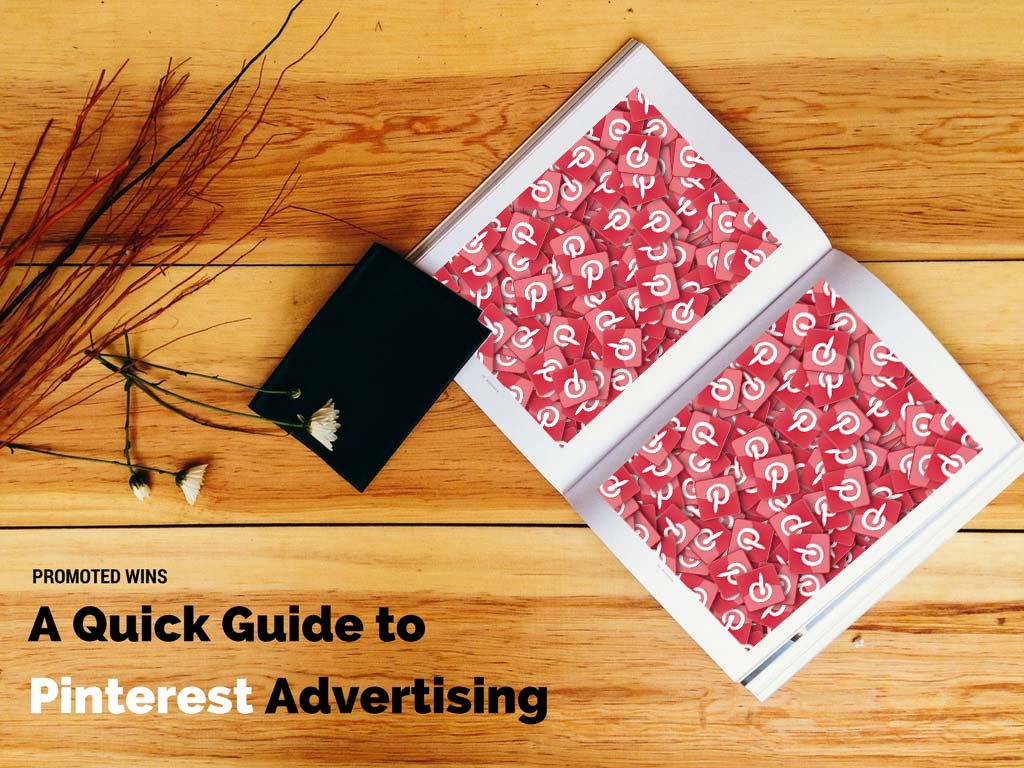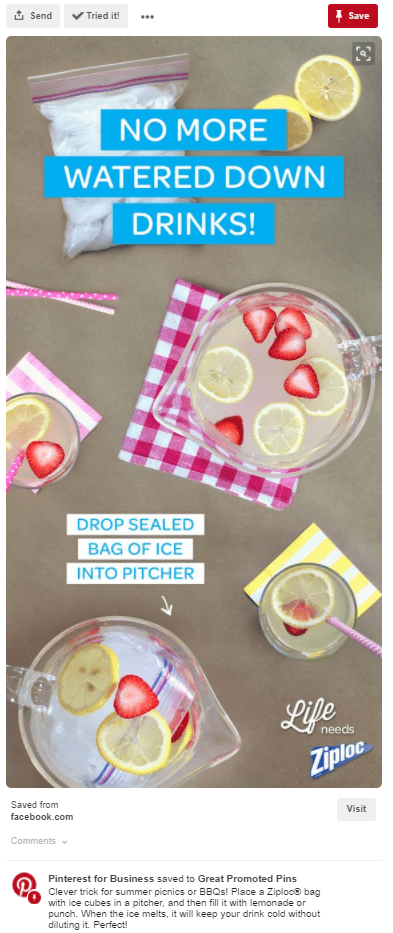Promoted ‘Wins’ – Your Quick Guide to Pinterest Advertising
Pinterest is the world’s catalog of ideas, and Canadian advertisers can now execute campaigns on this platform! Starting as an invitation-only virtual corkboard in 2010, Pinterest went on to open the website to the public in 2012 allowing for rapid growth of its user base. Fast Forward to December 2016, Pinterest has now rolled out ‘Promoted Pins’ to Canadian advertisers and continues to announce many new platform updates and new ad formats into 2017. Don’t get left behind! Now is the time to start adding Pinterest to your media mix.

The Pinner Path
From casually browsing their feeds, to searching for specific pins, to engaging with pins that they’re interested in – users leverage Pinterest across the entire consumer journey. Let’s dive into what the consumer journey looks like on Pinterest:
- Discover – Awareness – This is the ‘just looking’ phase, where the user is spending time scrolling through their home feed. The Pinterest home feed displays content that it believes users are most likely to be interested in based on content they’ve previously interacted with, and content categories they self selected when setting up their account.
- Plan – Consideration – The ‘maybe I could’ phase, where the user starts to search for pins. This is also the phase where the user is starting to show more intent for certain products or services as they start to click to expand a pin or save a pin to their board own to reference a later date.
- Act – Conversion – The ‘I know what I want’ phase, where the user clicks through on a pin to land on your website where they able to complete an action.
Now that we understand the customer journey on Pinterest, let’s talk about how to insert your brand and capitalize on the user behaviour.
What Kind of Campaign Should I Run?
There are four campaign types currently available on Pinterest, and you’ll want to use each differently depending on your campaign goals and what point in the consumer journey you’d like to reach your target audience.
To reach someone in the discovery phase, an Awareness Campaign allows you to focus on reach and pay on a CPM basis. According to Pinterest, of the 175 million people that visit Pinterest monthly, 72% of them discover new brands and services while browsing their feeds. An awareness campaign can be a particularly good fit for small businesses or smaller scale campaigns to reach a greater percentage of the target audience.
Engagement Campaigns are great to track your audience’s intent in the planning phase. When running an engagement campaign, you only pay when someone interacts with your Promoted Pin (closeup, repin or click). Even though it’s a pay per click model, engagement campaigns still fall within the awareness realm, but do focus on a more qualified, lower funnel audience.
Moving into direct response campaigns, Website Traffic Campaigns are great if you’re trying to reach your audience in the action phase. Website traffic campaigns are set up on CPC basis, which means you only pay when someone clicks through to your website from the Promoted Pin. Pro tip, you can take your website traffic campaign to the next level by implementing a Pinterest tracking tag! This will allow you to measure Pinterest driven actions and goals on your site, including leads, signups, add to carts, checkouts, etc.
Last but not least, get your app discovered with an App Install Campaign. These campaigns are great if the app helps the audience in their planning process or solves a problem. App Install campaigns can drive to both the Apple App Store and the Google Play Store.
How Do I Reach My Target Audience on Pinterest?
Aside from standard geographic, demographic and device targeting, Pinterest also has interest, keyword, and audience targeting capabilities.
- Interest targeting allows you to reach your audience while they scroll through their home feeds and relevant category feeds. Choose from a list of over 375 interests, carefully crafted by the Pinterest team.
- Keyword targeting allows you to reach your audience as they are searching for something specific. The Promoted Pin will show up in search results and on related pins.
- Audience targeting allows you to use 1st party data to reach your audience as they scroll through their home feeds, the popular feed, and the everything feed. Four different audience types are available:
- Retargeting – target previous site visitors based on URLs they have visited or events they have completed.
- Customer List – upload an existing customer email list or mobile ad IDs through a CSV file.
- Engagement Audience – target those that have previously engaged with your pins.
- Act-alike Audience – reach people who are similar to one of your existing audience groups.
What Kind of Creative Should I Develop for My Campaign?
Now that we’ve covered the ‘who’, the ‘what’, and the ‘where’, let’s dive into the creative fun stuff – ad formats!
- Standard Pins – These can be used for awareness, engagement and website traffic campaigns. They look like organic pins, which makes them more of a native unit and seamless experience for your audience. The only differentiator is a ‘promoted by’ tag below the pin.
- Cinematic Pins – A made for mobile format best suited for awareness and engagement campaigns. The image’s movement is tied to a user’s vertical scroll meaning it auto plays as a user is scrolling through their feed, capturing their attention. These are not yet available in Pinterest’s self-serve Ads Manager, but should be soon.
- Video Pins – Similar to Cinematic Pins, Video Pins start with an in-feed preview while the user scrolls through their feed, capturing their attention. The video will play in full once a user clicks to ‘closeup’ the pin. In May 2017, Pinterest announced Video Pins would become available in Ads Manager ‘in the coming months’.
- One Tap Pins – Ideal for direct response campaigns, One Tap Pins skip the closeup and drive Pinners directly to a landing page making it easier for your audience to complete a desired action.
- App Install Pins – used in App Install campaigns, these are very similar to a standard pin except an ‘Install’ button appears below the image and description copy. These ads open an Apple App Store or Google Play Store page within the Pinterest platform to allow users to install the app and immediately return to Pinterest.
Ok, Now How Do I Make These Ads Pinterest Friendly?
Pinterest is a highly visual platform, and as such, your focus must be on creating beautiful and professional images. One great way to adapt creative to fit Pinterest’s visual feed is to use text overlays. Play around with the font size and colours, there are no restrictions on the amount of text you’re allowed to overlay on the image (unlike Facebook). A vertical aspect ratio, between 2:3 and 1:3.5, will also help to make the ad stand out as it will take up more space in the feed.


For awareness and engagement campaigns, make sure your pins are actionable and engaging. Images with more detail, such as infographics and visual lists, or images showing multiple products tend to capture the eye on Pinterest and lend themselves to driving ‘closeups’ and ‘repins’. For direct response campaigns, it is recommended to include stronger CTAs like ‘buy now’ or ‘today’s sale’ in the pin’s description, and to include a softer call to action in the text overlay.
Now that we’ve covered the basics of Promoted Pin campaigns, what are you waiting for? Let’s get pinning!